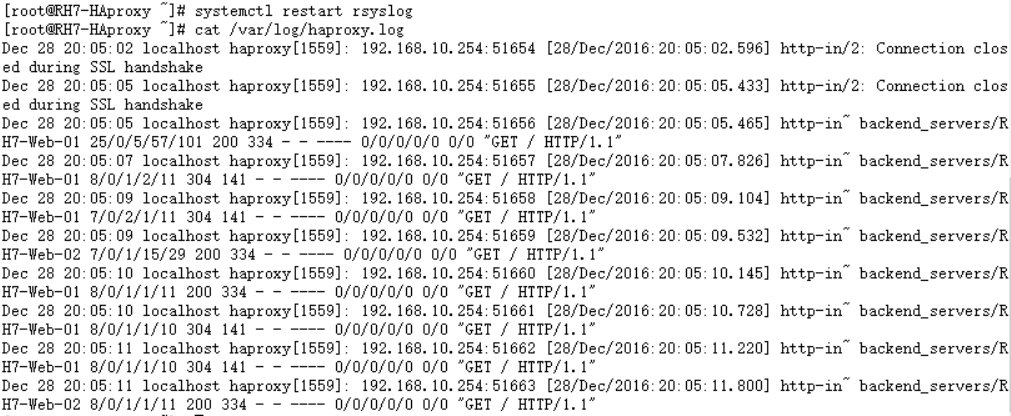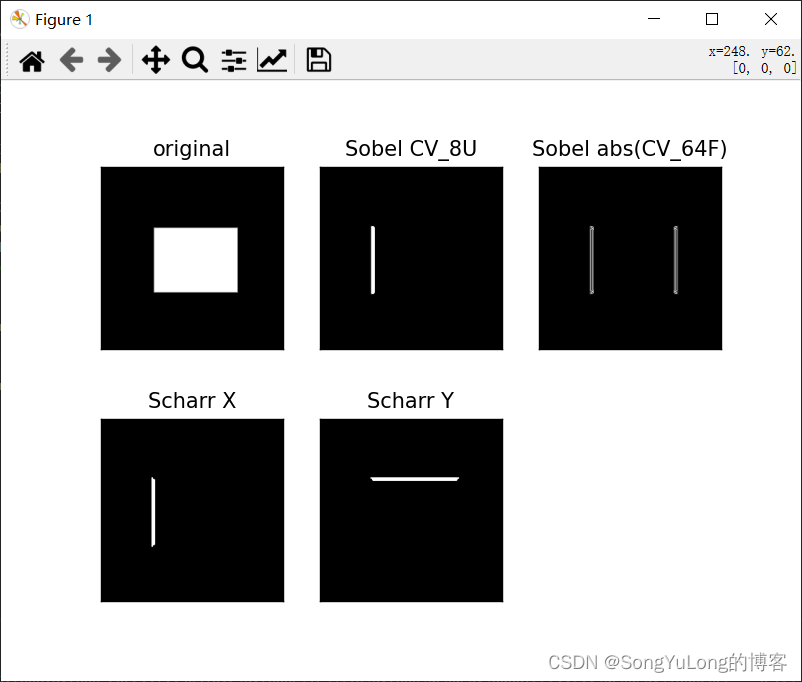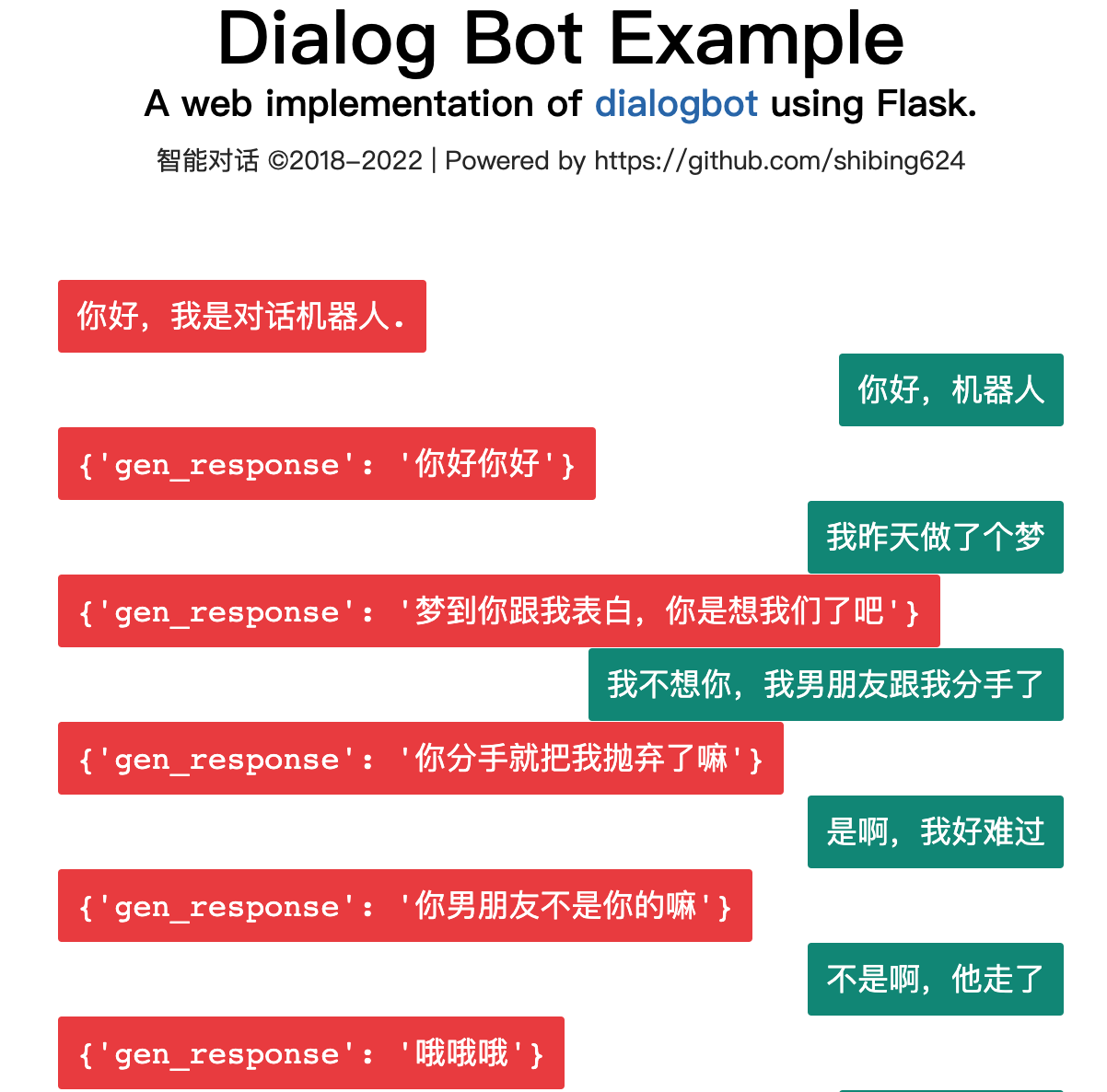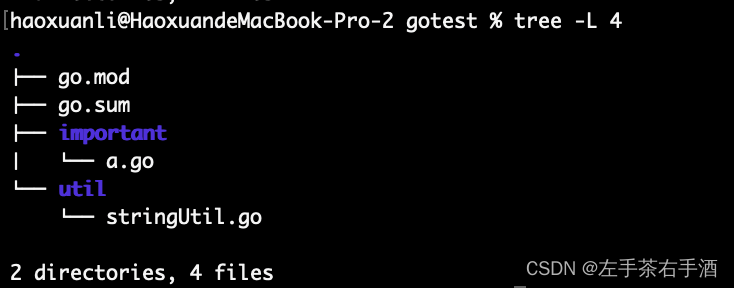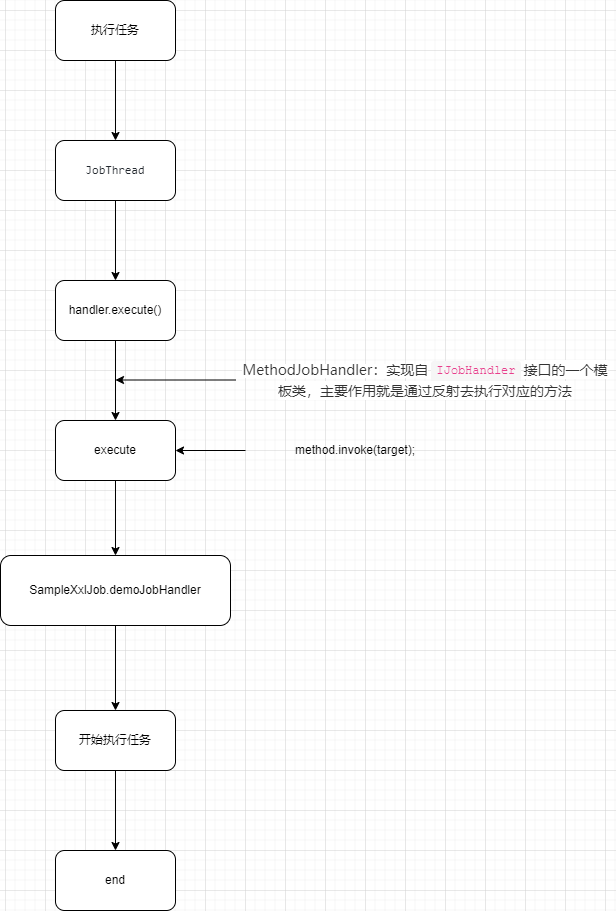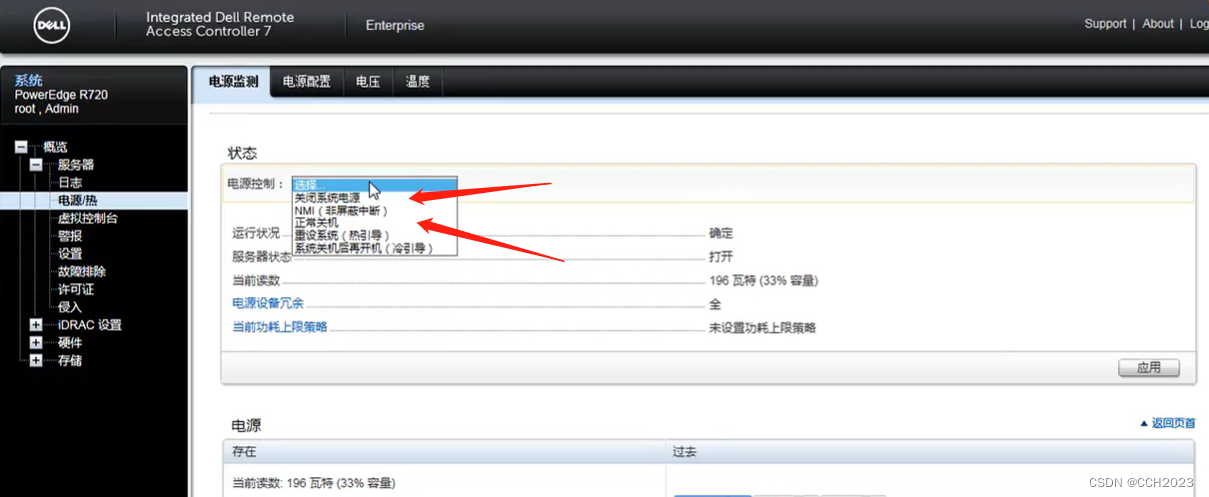
目录
案例一:服务器动态上下线
服务端:
(1)先获取zookeeper连接
(2)注册服务器到zookeeper集群:
(3)业务逻辑(睡眠):
服务端代码如下:
客户端:
(1)获取zookeeper的连接:
(2)监听/servers下边的子节点的增减:
客户端代码如下:
案例二:ZooKeeper 分布式锁
分布式锁是什么?
锁的实现:
构造函数:
加锁函数:
解锁函数:
整体代码:
测试类代码 :
Curator 框架实现分布式锁案例:
实现步骤:
代码如下:
该案例主要也是客户端监听原理,客户端监听服务器的上下线情况
先在集群上创建/servers 节点(用于存储连接的服务器的主机和该服务器的节点数)相当于zookeeper集群
案例一:服务器动态上下线
服务端:
(1)先获取zookeeper连接
创建类对象
该类为我们创建的服务端类:
DistributeServer server = new DistributeServer();
获取zookeeper连接:
自己创建连接方法:
private void getconnect() throws IOException {zk = new ZooKeeper(connectstring, sessionTimeout, new Watcher() {@Overridepublic void process(WatchedEvent watchedEvent) {}});}让后server对象在main函数中调用
(2)注册服务器到zookeeper集群:
注册是需要注册到zookeeper集群的/servers路径下,需要指定参数进行创建
private void regestServer(String hostname) throws InterruptedException, KeeperException {
zk.create(parentNode+"/"+hostname,hostname.getBytes(), ZooDefs.Ids.OPEN_ACL_UNSAFE, CreateMode.EPHEMERAL_SEQUENTIAL);// 需要创建有序的临时节点所以-e(暂时) -s(有序)System.out.println("服务器"+hostname+"已注册连接");}(3)业务逻辑(睡眠):
private void business() throws InterruptedException {Thread.sleep(Long.MAX_VALUE);}服务端代码如下:
package com.tangxiaocong.case1;
import org.apache.zookeeper.*;
import java.io.IOException;
/*** @Date 2023/8/10 19:06* @Author */
public class DistributeServer {private static String connectstring="hadoop102:2181,hadoop103:2181,hadoop104:2181";private static int sessionTimeout=2000;private ZooKeeper zk =null;private String parentNode = "/servers";public static void main(String[] args) throws IOException, InterruptedException, KeeperException {//获取zk连接//创建DistributeServer server = new DistributeServer();server.getconnect();//注册服务器到zk集群//注册是需要在/servers节点下创建所开启的服务器的路径server.regestServer(args[0]);//业务逻辑(实际是延时让它睡觉---不然会注册完成就关闭)server.business();}private void business() throws InterruptedException {Thread.sleep(Long.MAX_VALUE);}private void regestServer(String hostname) throws InterruptedException, KeeperException {
zk.create(parentNode+"/"+hostname,hostname.getBytes(), ZooDefs.Ids.OPEN_ACL_UNSAFE, CreateMode.EPHEMERAL_SEQUENTIAL);// 需要创建有序的临时节点所以-e(暂时) -s(有序)System.out.println("服务器"+hostname+"已注册连接");}private void getconnect() throws IOException {zk = new ZooKeeper(connectstring, sessionTimeout, new Watcher() {@Overridepublic void process(WatchedEvent watchedEvent) {}});}
}
客户端:
(1)获取zookeeper的连接:
先创建客户端对象,在进行构建获取zookeeper连接的方法,本方法对process方法进行了重写,填写了再发生上下线的运行逻辑
private void getConnect() throws IOException {zk= new ZooKeeper(connectString, sessionTimeout, new Watcher() {@Overridepublic void process(WatchedEvent watchedEvent) {try {getServerList();} catch (InterruptedException e) {e.printStackTrace();} catch (KeeperException e) {e.printStackTrace();}}});}(2)监听/servers下边的子节点的增减:
构建方法client.getServerList()来进行监听:
代码逻辑就是通过getChildren()方法获取指定目录下的所有子目录并开启监听
再进行遍历,把遍历结果封装到一个集合中,最后进行输出
private void getServerList() throws InterruptedException, KeeperException {List<String> children = zk.getChildren("/servers", true);//该方法会获取指定路径下的所有子节点//true 会走初始化中的watch 也可以自己创建watch//把所有的服务器都封装到一个集合ArrayList<String> list = new ArrayList<>();for (String child : children) {byte[] data = zk.getData("/servers" +"/"+ child, false, null);//上边已经便利到一个服务器对象,再进行添加list.add(new String(data));}System.out.println(list);}(3)业务逻辑同服务端不在赘述。
客户端代码如下:
package com.tangxiaocong.case1;
import org.apache.zookeeper.KeeperException;
import org.apache.zookeeper.WatchedEvent;
import org.apache.zookeeper.Watcher;
import org.apache.zookeeper.ZooKeeper;
import java.io.IOException;
import java.util.ArrayList;
import java.util.List;
/*** @Date 2023/8/10 21:27* @Author * 客户端的监听功能*/
public class DistributeClient {
private String connectString="hadoop102:2181,hadoop103:2181,hadoop104:2181";private int sessionTimeout=2000;private ZooKeeper zk=null;public static void main(String[] args) throws IOException, InterruptedException, KeeperException {//获取zk连接DistributeClient client = new DistributeClient();client.getConnect();//监听/servers下边的子节点的增减client.getServerList();//业务逻辑(睡眠)client.business();}private void business() throws InterruptedException {Thread.sleep(Long.MAX_VALUE);}private void getServerList() throws InterruptedException, KeeperException {List<String> children = zk.getChildren("/servers", true);//该方法会获取指定路径下的所有子节点//true 会走初始化中的watch 也可以自己创建watch//把所有的服务器都封装到一个集合ArrayList<String> list = new ArrayList<>();for (String child : children) {byte[] data = zk.getData("/servers" +"/"+ child, false, null);//上边已经便利到一个服务器对象,再进行添加list.add(new String(data));}System.out.println(list);}private void getConnect() throws IOException {zk= new ZooKeeper(connectString, sessionTimeout, new Watcher() {@Overridepublic void process(WatchedEvent watchedEvent) {try {getServerList();} catch (InterruptedException e) {e.printStackTrace();} catch (KeeperException e) {e.printStackTrace();}}});}
}
案例二:ZooKeeper 分布式锁
分布式锁是什么?
日常使用计算机的时候,我们的电脑不会只开一个进程,但是当“进程1”在访问某些资源的时候,不能被其他进程所访问,它就会去获得锁,把她所访问的资源进行锁上,对该资源进行独占。"进程 1"用完该资源以后就将锁释放掉,让其 他进程来获得锁,那么通过这个锁机制,我们就能保证了分布式系统中多个进程能够有序的 访问该临界资源。那么我们把这个分布式环境下的这个锁叫作分布式锁。
锁的实现:
构造函数:
在该类中首先要实现构造方法,构造方法与类名相同,在该方法中需要获取连接,重写process方法,在该方法中实现释放CountDownLatch的类对象,有两种情况,正常连接释放一种,不是正常连接状态,则释放另一种。在构造方法中还要判断是否存在“/locks”路径,存在则正常退出,不存在则创建该路径。
加锁函数:
使用ZooKeeper对象进行创建节点(临时有序),让后获取“/locks”路径下的所有节点序号,对结果进行判断,如果返回的List集合只有一个节点,则直接返回,默认加锁,不用再做监听工作。如果不是只有一个节点,则对List集合进行排序,再获取他的节点名称,通过indexOf函数来获取该名称节点的下标。如果为-1,则数据异常,为0 则为最小节点,则直接退出,进行加锁不需要设置监听,结果为其他则需要设置监听,先设置监听字符串,当状态不发生改变会一致阻塞,只有上锁节点让位后会调用process方法进行释放。
解锁函数:
解锁就是直接删除节点即可
整体代码:
package com.tangxiaocong.case2;
import org.apache.zookeeper.*;
import org.apache.zookeeper.data.Stat;
import java.io.IOException;
import java.util.Collections;
import java.util.List;
import java.util.concurrent.CountDownLatch;
/*** @Date 2023/8/12 19:56* @Author */
public class DistributedLock {final private String connectString="hadoop102:2181,hadoop103:2181,hadoop104:2181";final private int sessionTimeout=2000;final private ZooKeeper zk;private String waitPath;private String currentModu;//为了程序的健壮性,创建该对象 等待操作final private CountDownLatch waitLach=new CountDownLatch(1);final private CountDownLatch countDownLatch=new CountDownLatch(1);public DistributedLock() throws IOException, InterruptedException, KeeperException {//获取连接zk = new ZooKeeper(connectString, sessionTimeout, new Watcher() {@Overridepublic void process(WatchedEvent watchedEvent) {// connectLatch 如果正常连接zk 可以释放if (watchedEvent.getState()==Event.KeeperState.SyncConnected){countDownLatch.countDown();}//检测到删除节点并且是前一个节点则释放waitlatchif (watchedEvent.getType()==Event.EventType.NodeDeleted && watchedEvent.getPath().equals(waitPath)){waitLach.countDown();}}});//等待是否正常连接 正常(已)连接会释放 否则阻塞countDownLatch.await();// 判断是否存在lock锁Stat stat = zk.exists("/locks", false);if (stat==null){//创建该节点String s = zk.create("/locks", "locks".getBytes(), ZooDefs.Ids.OPEN_ACL_UNSAFE, CreateMode.CONTAINER);}}//对zk加锁public void zkLock() {//创建临时的带序号的节点try {currentModu = zk.create("/locks/" + "seq-", null, ZooDefs.Ids.OPEN_ACL_UNSAFE, CreateMode.EPHEMERAL_SEQUENTIAL);List<String> children = zk.getChildren("/locks", false);//如果只有一个节点 则直接获取if(children.size()==1){return;}else {//排序Collections.sort(children);//直接从s后边开始 开始的下标就是length的长度String substring = currentModu.substring("/locks/".length());//通过substring来获取在List集合中的下标位置int index = children.indexOf(substring);if (index==-1){System.out.println("数据异常");}else if (index==0){return;}else {// 需要监听上一个节点waitPath="/locks/"+children.get(index-1);zk.getData(waitPath,true,new Stat());//等待监听waitLach.await();return;}}} catch (KeeperException e) {e.printStackTrace();} catch (InterruptedException e) {e.printStackTrace();}//判断创建的节点是否是最小序号的节点 如果是则获取锁 不是则监听他的前一个节点}//对zk解锁public void unzkLock(){
//删除节点try {//-1 是版本号zk.delete(this.currentModu,-1);} catch (InterruptedException | KeeperException e) {e.printStackTrace();}}
}测试类代码 :
package com.tangxiaocong.case2;
import org.apache.zookeeper.KeeperException;
import java.io.IOException;
/*** @Date 2023/8/12 22:31* @Author 唐晓聪*/
public class DistributedLockTest
{public static void main(String[] args) throws IOException, InterruptedException, KeeperException {//创建两个客户端对象final DistributedLock lock1 = new DistributedLock();final DistributedLock lock2 = new DistributedLock();new Thread(new Runnable() {@Overridepublic void run() {try { lock1.zkLock();System.out.println("线程1启动获得锁");Thread.sleep(5*1000);lock1.unzkLock();System.out.println("线程1释放锁");} catch (Exception e) {e.printStackTrace();}}}).start();new Thread(new Runnable() {@Overridepublic void run() {try {lock2.zkLock();System.out.println("线程2启动获得锁");Thread.sleep(5*1000);lock2.unzkLock();System.out.println("线程2释放锁");} catch (Exception e) {e.printStackTrace();}}}).start();}
}
Curator 框架实现分布式锁案例:
该案例是直接使用API进行实现分布式锁
实现步骤:
先创建分布式锁对象,new InterProcessMutex(),参数1为所要连接的客户端,参数2为监听路径
参数1传入的为getCuratorFramework()自定义函数,
该函数通过工厂类的方式进行建立连接,返回创建好的客户端,让后start启动客户端
创建完分布式锁对象后创建两个线程,在线程中进行获得锁,释放锁的操作。
代码如下:
package com.tangxiaocong.case3;
import org.apache.curator.framework.CuratorFramework;
import org.apache.curator.framework.CuratorFrameworkFactory;
import org.apache.curator.framework.recipes.locks.InterProcessMutex;
import org.apache.curator.retry.ExponentialBackoffRetry;
/*** @Date 2023/8/13 20:07* @Author */
public class CuratorLockTest {public static void main(String[] args) {//创建分布式锁1//参数1 所连接的客户端 参数2 监听路径InterProcessMutex lock1 = new InterProcessMutex(getCuratorFramework(), "/locks");//创建分布式锁2InterProcessMutex lock2 = new InterProcessMutex(getCuratorFramework(), "/locks");//创建线程new Thread(new Runnable() {@Overridepublic void run() {try {lock1.acquire();System.out.println("thread 1 acquire lock");lock1.acquire();System.out.println("thread 1 again acquire lock");Thread.sleep(5*1000);lock1.release();System.out.println("thread 1 relax lock");lock1.release();System.out.println("thread 1 again relax lock");System.out.println();} catch (Exception e) {e.printStackTrace();}}}).start();new Thread(new Runnable() {@Overridepublic void run() {try {lock2.acquire();System.out.println("thread 2 acquire lock");lock2.acquire();System.out.println("thread 2 again acquire lock");Thread.sleep(5*1000);lock2.release();System.out.println("thread 2 relax lock");lock2.release();System.out.println("thread 2 again relax lock");} catch (Exception e) {e.printStackTrace();}}}).start();}private static CuratorFramework getCuratorFramework() {ExponentialBackoffRetry policy = new ExponentialBackoffRetry(3000, 3);//通过工厂类的方式进行建立连接CuratorFramework client = CuratorFrameworkFactory.builder().connectString("hadoop102:2181,hadoop102:2181,hadoop104:2181").connectionTimeoutMs(2000).sessionTimeoutMs(2000).retryPolicy(policy)//连接失败后 间隔多少秒下次间隔.build();client.start();System.out.println("zookeeper success start !!!!!");return client;}
}